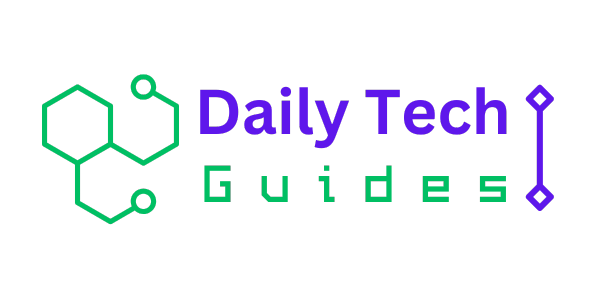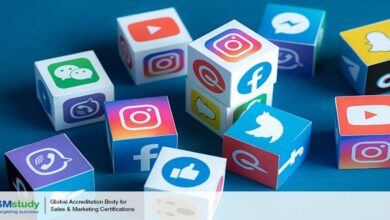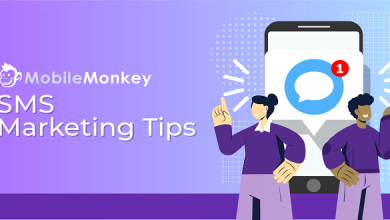The Business Case Understanding the Two ROIs of Social Media

Social platforms like blogs, Twitter, and Facebook make it almost effortless for businesses like yours to compose and post content to a potential audience of millions. It’s faster and cheaper than large-scale publishing, promotion, or customer relations have ever been.
To use social media effectively today takes strategists, writers, community managers, graphic designers, app developers, and customer service reps. It all costs money, even before you throw in funds for brand monitoring and analytics tools, publishing and promotions software, buzz-building prizes and giveaways —or for paid social media advertising.
The Power of Social Media
Before they loosen the corporate purse strings, those holding them will say, “Show me the impact social media have on reputation and the bottom line.” In answering, start here. Statistics eloquently tell some of the story. Social media can be a boon for brand equity, customer loyalty, and business performance. Various studies have found the following:
74% of consumers have a more positive brand impression after interacting with a company through social media Purchase likelihood increases 51% after a customer clicks the “like” button When they receive good customer service, social media users tell three times as many people about it as do nonusers of social media 83% of people who complained about a given company on Twitter “liked or loved” a response by the company 90% of consumers trust product reviews from people they know; 70% trust reviews from people they don’t know 40% of social media users “like” businesses in order to receive special discounts and promotions Facebook fans of a brand spend twice as much as those who are not Facebook fans.
Beloved Brands Thrive in Social Media
As an employee or consultant, I’ve been fortunate to work for a number of beloved brands, including The Vermont Teddy Bear Company, Green Mountain Coffee, Wine of the Month Club, Terry Precision Bicycles, and others. Brands like these resonate with consumers because they have a unique story to tell, a story with an emotional dimension. Such brands are positioned to thrive on social media.
Leveraging the Network Effect
Thanks to what’s called the “network effect,” initial awareness of your brand and its reach will be multiplied many times over by participation on social media websites. Here’s an example of how it works: for the Café Express Savings Club, we have a Facebook community of about 80,000 fans. Each member of Facebook has, on average, about 300 friends. When our fans see our posts in their Facebook news feeds, if they choose to “like,” comment on, or share them, our reach begins to extend to all their friends. As a result, our 80,000 fans give us a network reach of about 23 million people.
Three Vital Ingredients and “Social Proof”
t’s not much different, really, from what makes you willing to confirm a Facebook friend request from an individual person: (1) you know who they are, (2) you like them, and (3) there’s some form of bond between you. These are the same assets a brand brings from the outside world and uses to establish its social media program. Another aspect of the network effect is social proof. The likes, shares, and comments your brand inspires become powerful peer recommendations—and a demonstration of strength in numbers.
How to Calculate Social Media ROI
Now that we’ve established the business case for developing and maintaining a strong social media program, let’s answer, head-on, one of the myths you’ll hear often, maybe even from your boss. The biggest complaint made about social media marketing is that its impact, the return on investment (ROI), is unquantifiable. In a study by Econsultancy and Adobe, 2 a mere 12% of companies reported that they could track the impact of social media on revenues or the bottom line.
Summary
. Therefore, you’ll have to place some faith in less tangible signs of business benefit: exponentially increased reach to prospective customers, improved access to existing customers, and the potential for greater agility in detecting and resolving customer service issues. These are the levers that drive tangible business results: e-mail signups and other leads, increased lifetime value of loyal customers, the influence of positive brand messages, and product ratings and reviews. The ROI is one degree removed, but it is real and growing.




